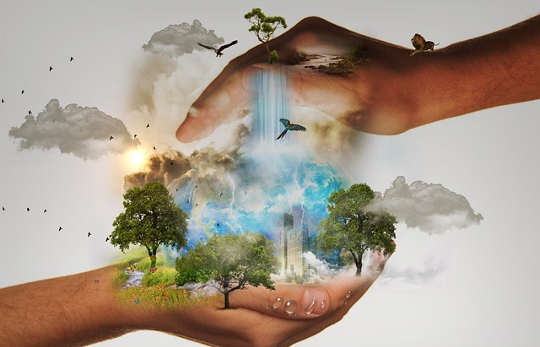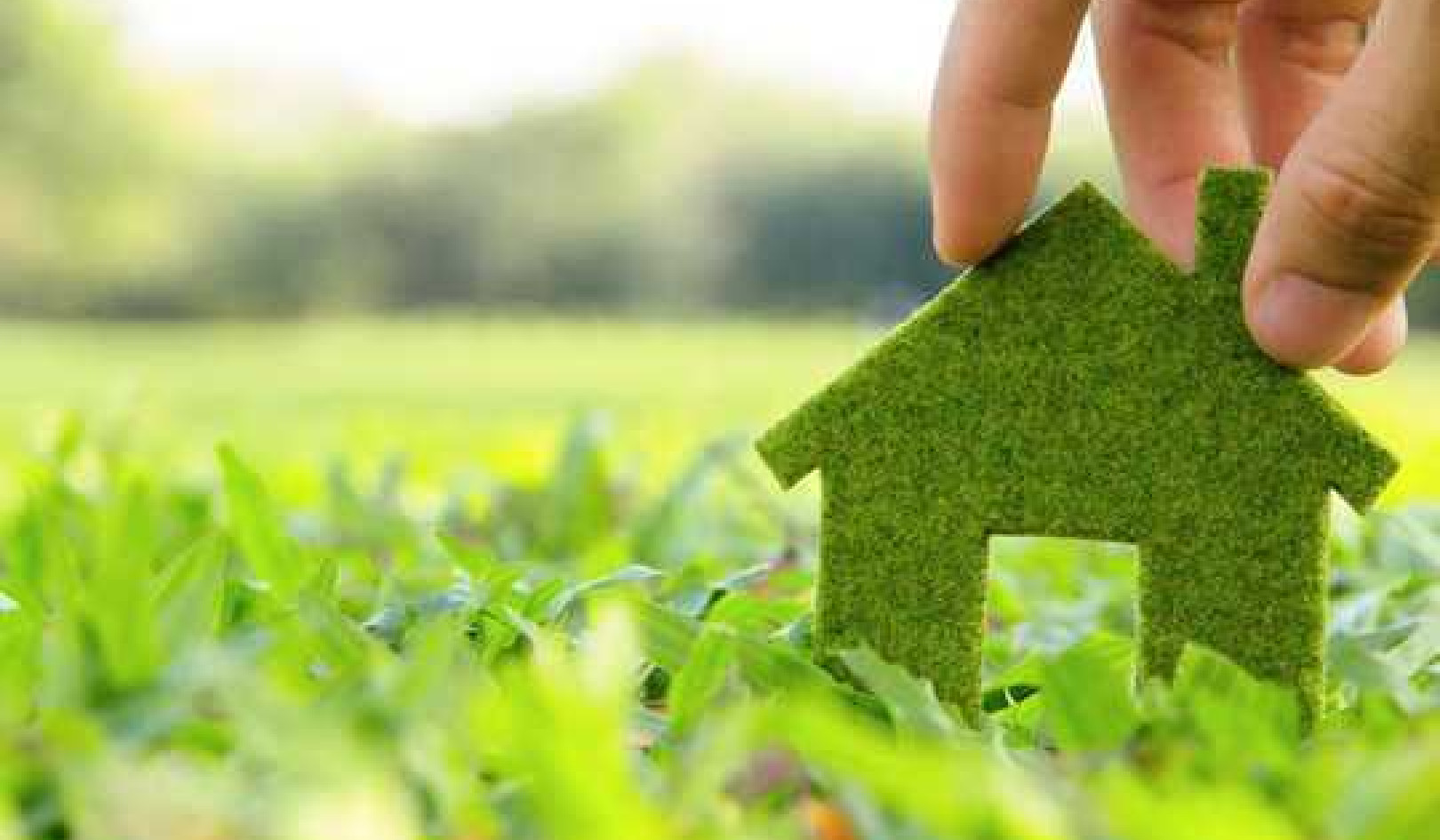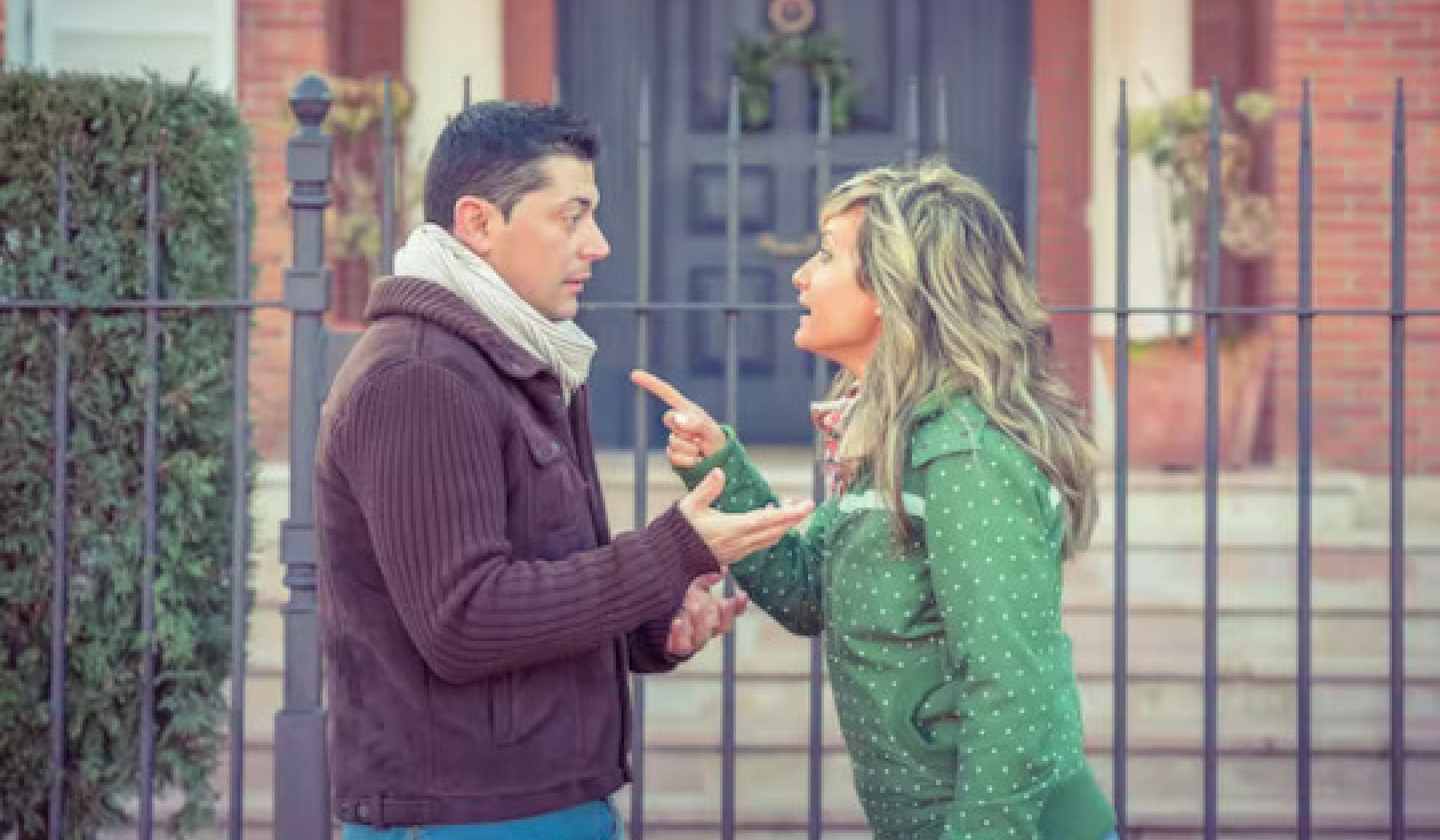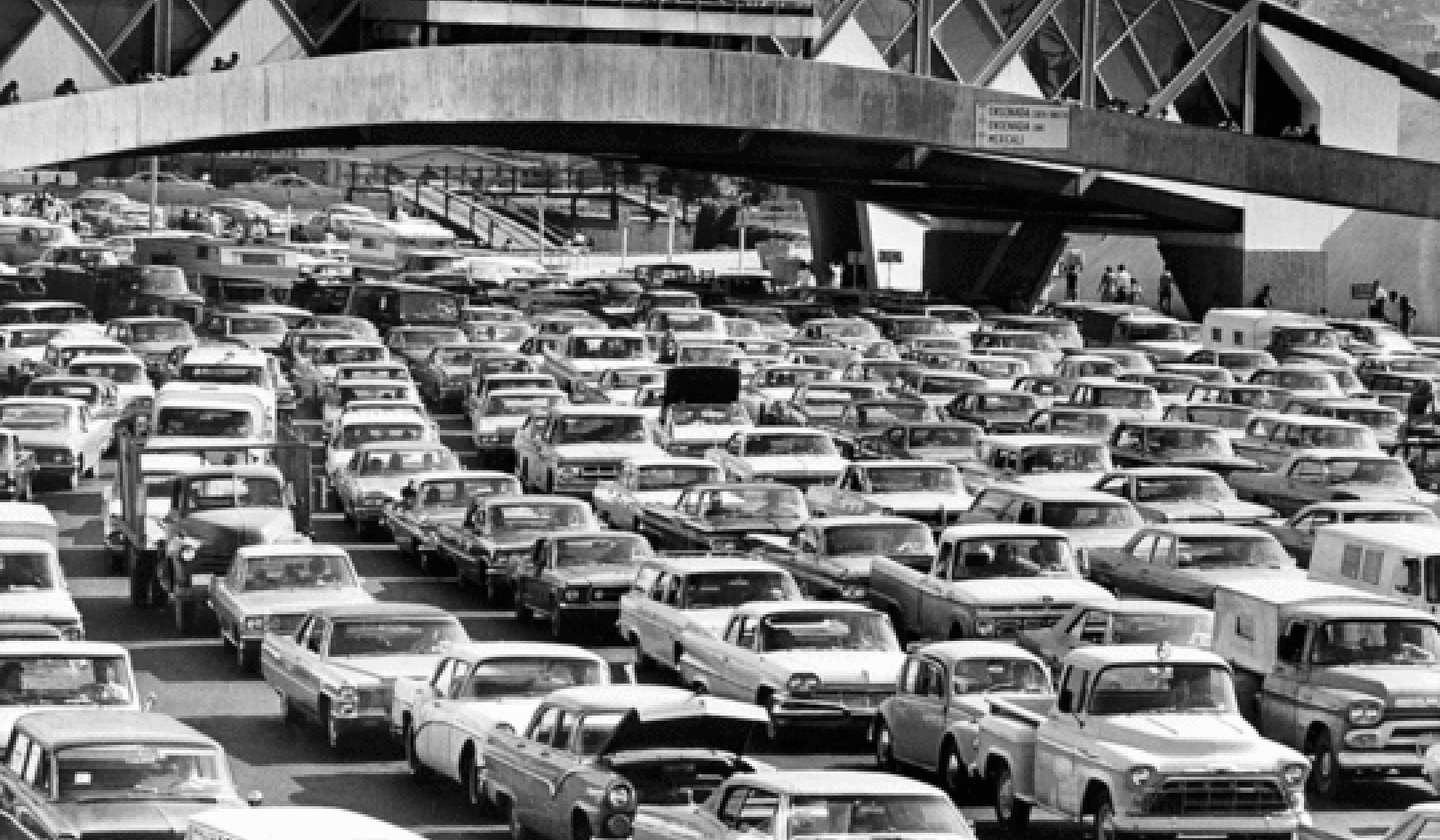
Image by Mystic Art Design
In 2000, I collaborated on a campaign aimed at preventing over a hundred New York City community gardens from being destroyed. At the height of the campaign, just as I was planning to email invitations to an outreach and fund-raising event, a proactive friend and environmentalist from the community garden movement questioned me about using the word “invitation.” He said that people shouldn’t need an invitation to do something good for the planet. They should just come.
He’s right in some ways. No one needs an invitation to do something good for the planet, to join a movement, and I too used to think people should be rushing to participate in ensuring a living future for all life. However, as a result of my years of being active in people and planet care work, doing what I could to live in ways that might contribute to a future for the next generations of humans and all other species on Earth, I have come to feel that issuing an invitation is necessary. Yes, some people will come to events of their own volition—and at the time of writing, more do so everyday—but not enough, and not fast enough.
Whether it’s in the hustle and bustle of New York City or the peace and quiet of the Findhorn ecovillage in Scotland, it’s more often than not the same handful of people who step up and lean in to do what it takes to contribute to a thriving future. If we’re really going to make that future possible, more people need to join in. This book, Life Design for Women, is an invitation to join the movement to act for life on Earth through “regenerative living and leading.”
A Confluence Of Crisis Points
We are living with a confluence of crisis points that affect us all. We may think we can hole up in our homes and get on with our lives, keeping everything that is unpleasant from affecting or harming us. It is inevitable, however, that in some way or other, the crisis will arrive at our doorstep.
The impact of the 2008 financial crisis was systemic, so even if you didn’t take out a faulty loan, you might have been personally affected by it, perhaps losing your home, your job, or your retirement fund. I have a friend who retired from teaching in public school in 2006. She had worked all her life and paid into her pension plan, but when the financial crisis hit, she lost half of her retirement fund.
The economic system is broken. It only works for a few, usually those who already have some kind of privilege to begin with. It doesn’t work for the majority of people on the planet—and it’s not working for the planet, either.
Our health is also being affected. More and more people are feeling socially isolated and suffering from mental health challenges such as anxiety and depression. While there are tremendous advances in the health sector, well-funded research and innovation still haven’t stopped the advance of cancer. The majority of the population in most Western countries is over 55, and the health and care systems are stretched thin, as more people find themselves living with conditions such as dementia and diabetes.
Acknowledging the Cause
At long last, we are beginning to acknowledge that our material and financial success is the cause of environmental collapse, as evidenced by the speed with which species are dying out, our discovery that microplastics can now be found in the deepest parts of Earth’s oceans, and learning that industrial-scale farming used to grow our food is polluting our waterways and depleting soil fertility.
The environmental catastrophe that is finally capturing our attention is climate change, which is happening so fast that even scientists on the Intergovernmental Panel on Climate Change (IPCC) can’t keep up with all of the events pushing up global temperatures—something that should alarm us all.
The climate change we are currently experiencing is mainly caused by human industrial activities. These activities emit greenhouse gases that cause Earth’s overall temperature to rise. A rise in temperature of only a few degrees has led to environmental and human catastrophe. Villages, towns, and cities all over the world are being devastated by floods, hurricanes, tornadoes, landslides, and fires, all of which can be linked to changes in Earth’s temperature. In some areas, whole villages or regional populations are being displaced from their homes and land. This adds to the refugee crisis, as people migrate from their homelands in the hope of finding a place to live.
These are just a few of the distressing issues we face. I’m sure you can come up with others. You may have been personally impacted. It’s a lot to take in. No wonder many people have been turning away from it rather than responding. It’s so overwhelming that it’s hard to know where to begin. What would be a useful and meaningful response?
We Humans Need To Be Saved from Ourselves
While life on Earth as we know it is being decimated through human activities, the planet will continue to evolve in some form long after we’re gone. Right now, what is happening is that we humans are busy destroying the delicately balanced living environment that makes life, including human life, possible.
Earth is a unique, rare habitat in which we thrive, along with all the plants and animals. There is no other known planet in our solar system so perfectly set up for human life. It is we humans who need to be saved. We need to be saved from ourselves, so that future generations of life on Earth have a chance to live.
Rather than turning our backs and saying that it’s not our problem, the fact that these crises exist demonstrates that we are all being asked to engage in radical and mutually beneficial change. Fortunately, people are engaging, particularly with the reality of the long-term impact of rising temperatures on the planet.
What’s called for at this time in human history is a massive change, a change in the way we do things that may at first be inconvenient or unfamiliar. It’s also well known that the only change we can really make is to change ourselves.
Living Consciously As A Force For Positive Change
Living consciously as a force for positive change isn’t something you’re going to master by simply reading this book; however, I hope that reading it may invoke some new thoughts for you. My deeper wish is that you engage in doing the work to unhook yourself from the ways of living that keep you defaulting to the familiar yet destructive ways of doing things.
We have weathered changes before. Possibly the most recent one we’ve all experienced is the rapid changes brought to our lives by the advent of the internet. These changes have taken place over 20 years and have been radical.
The changes we must now make will take place in the next 10 years and must be far reaching. So yes, things are going to be unsettling, but if you engage with this process, you will be moving with the change rather than being buffeted about by it.
There are domains where I still struggle and know I need to peel off more layers. There are domains where I think, Haven’t I done enough with this? Can’t I move on?
It is clear that there is more I need to do to recover my life force so that I can participate effectively in the work we need to do together. There are places in my life where I notice a disconnect between what I think I value and my actions, so I’m going to continue cleaning up my act, gently and with self-compassion.
The Solutions Are In The Domain Of Community
Once you’ve done the work of getting your life to a place where you have more spaciousness, and you’ve recovered more of your personal energy, the next step is to embrace working with other people. I believe that the solutions for our collective future lie firmly in the domain of Community.
Choosing consciously to change your life in service of all life on the planet is a powerful and essential act. This choice is the beginning of how you contribute to our thriving collective future. Becoming your Sovereign Self is not an easy path, but the expanded sense of wealth you will experience by embarking on this journey will bring a more profound sense of meaning and purpose to your life and give you an anchor point as you continue navigating life through these turbulent times.
You are not alone in this journey. There are thousands like us all over the planet responding to the call to step more fully into our power and play a role in designing a life that works for all life on Earth.
©2020 by Ariane Burgess. All Rights Reserved.
Excerpted with permission from the book: Life Design for Women
Publisher: Findhorn Press, a divn. of Inner Traditions Intl..
Article Source
Life Design for Women: Conscious Living as a Force for Positive Change
by Ariane Burgess Life Design for Women engages you in a simple, reflective visioning process to help you redesign your life to be more satisfying, meaningful, and aligned with your goals. Step by step, you will examine your life as it is, the influences of your past, and the future you envision for yourself. You will survey the domains of your life--from how you create “home” to your relationships with loved ones, food, your body, the Earth, and even Death. Applying the regenerative principles of sustainability to life design, author Ariane Burgess provides reflective exercises and practical tools to help you examine each of these domains, engage with natural systems, honor the feminine life force, and design your future. (Also available as a Kindle edition.)
Life Design for Women engages you in a simple, reflective visioning process to help you redesign your life to be more satisfying, meaningful, and aligned with your goals. Step by step, you will examine your life as it is, the influences of your past, and the future you envision for yourself. You will survey the domains of your life--from how you create “home” to your relationships with loved ones, food, your body, the Earth, and even Death. Applying the regenerative principles of sustainability to life design, author Ariane Burgess provides reflective exercises and practical tools to help you examine each of these domains, engage with natural systems, honor the feminine life force, and design your future. (Also available as a Kindle edition.)
About the Author
 Ariane Burgess is a regenerative designer. She is constantly designing and implementing regenerative projects, which include the Labyrinth for Contemplation in Battery Park, New York, and the Findhorn Food Forest in Scotland. She is passionate about facilitating transformative learning spaces for people who want to embrace regenerative design as a response to the crisis points currently converging on Earth. She lives in the Findhorn community, Scotland.
Ariane Burgess is a regenerative designer. She is constantly designing and implementing regenerative projects, which include the Labyrinth for Contemplation in Battery Park, New York, and the Findhorn Food Forest in Scotland. She is passionate about facilitating transformative learning spaces for people who want to embrace regenerative design as a response to the crisis points currently converging on Earth. She lives in the Findhorn community, Scotland.


























